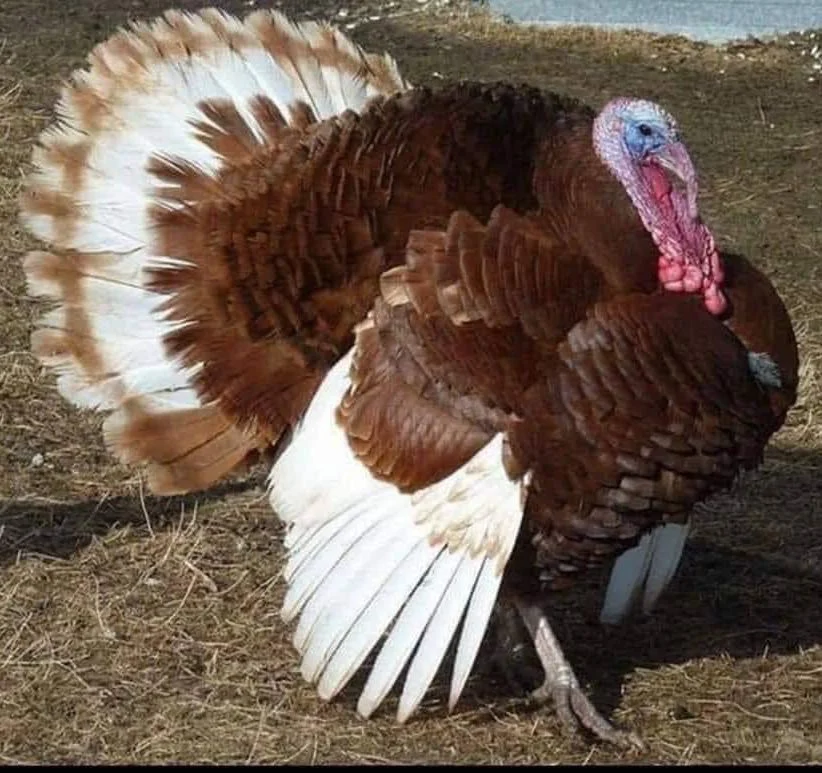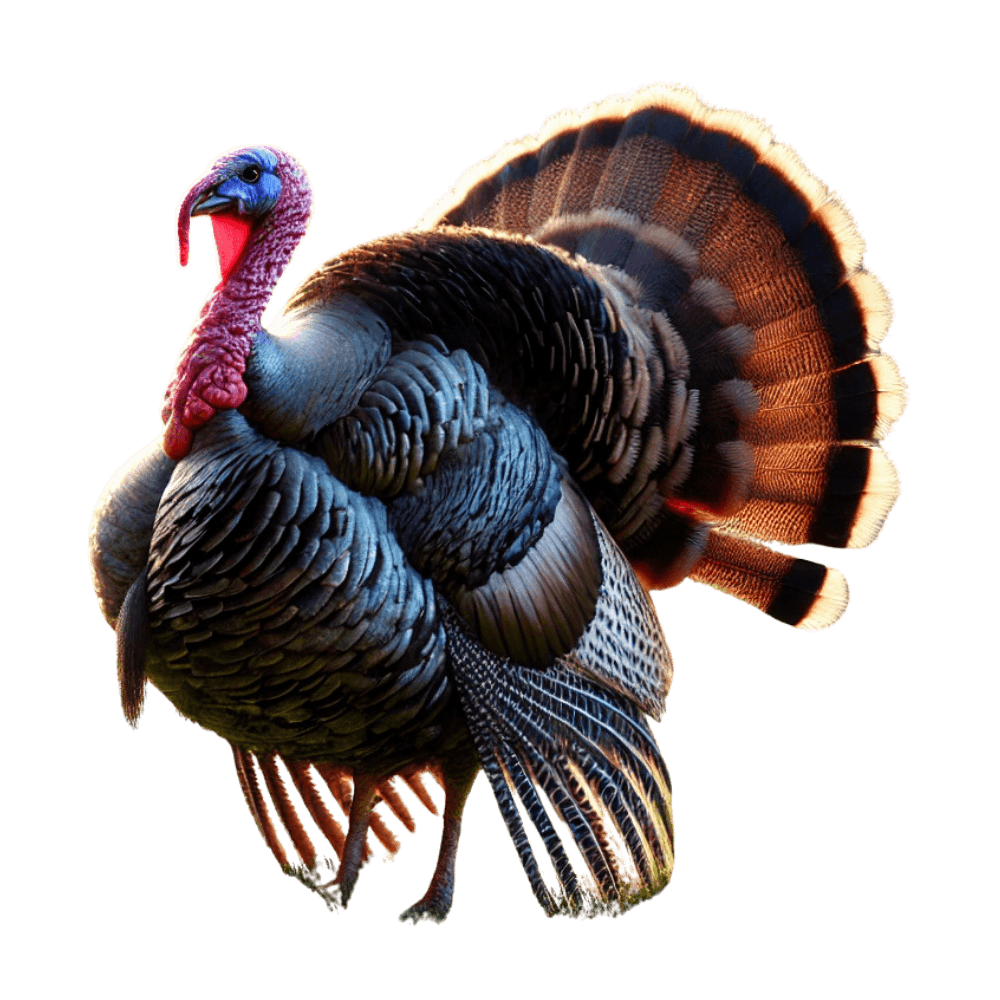Blog
Turkey is low in fat and cholesterol
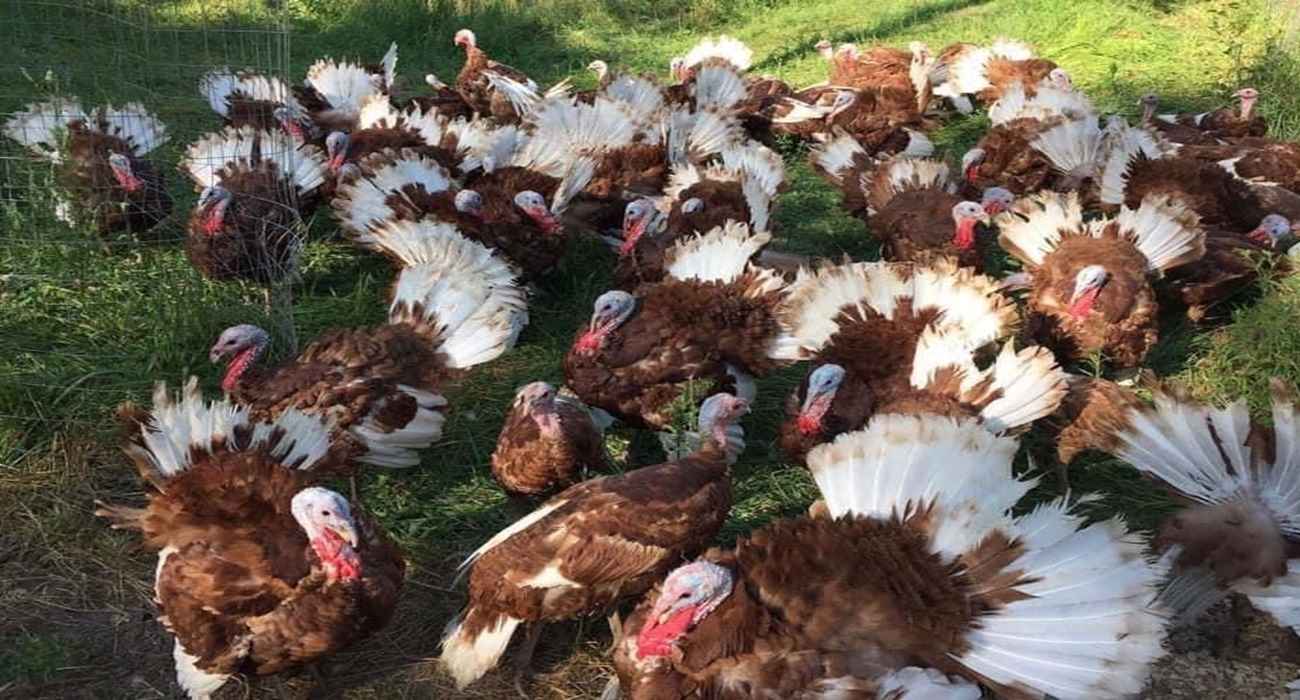
The turkey is a famous bird that has existed since the ancient Egyptians, where they raised and consumed it, and it is one of the largest types of poultry of great importance and is characterized by large size and takes center stage in public and private occasions for families and has become a symbol of these occasions as the demand for it does not cease almost all times of the year.
The economic importance of turkey production is due to its value as a source of meat of excellent quality because it contains a high percentage of protein and amino acids in addition to its low fat and cholesterol content compared to other types of meat and because it is the largest poultry and therefore used for meat production, while eggs are used for hatching only due to their small size, as turkeys usually have a specific breeding season in which they lay eggs and raise their young.
Advantages of raising turkeys
Dr. Hedi Mohamed of the Rabbit, Turkey and Waterfowl Breeding Research Department at the Institute of Animal Production explained in her study that the turkey is a large-sized bird, the weight of the male in some species reaches 23 kg and thus works to cover the existing food gap and there is an extraordinary growth speed as it reaches large weights at early marketing ages and turkey feeding costs can be reduced by taking advantage of plant residues and crops as it is characterized by a high food conversion efficiency up to 2. 5:1 and has a high ability to convert many agricultural, food and industrial wastes of low nutritional value into meat and eggs of high nutritional value and turkey meat is characterized by low fat and high protein content (up to 2.It has a high ability to convert many agricultural, food and industrial wastes of low nutritional value into meat and eggs of high nutritional value, and turkey meat is characterized by its low fat content and high protein content (34%), and it is a good source of mineral elements such as calcium, phosphorus, iron and vitamins such as vitamin C. Turkey is easy to raise under intensive production conditions and also in fields and pastures, so it can be fattened anywhere and exploit its high production potential.
She added that there is a diversity in the weights of turkey breeds “light – medium – heavy”, which achieves diversity in breeding purposes and consumer demand for eating turkey meat, whether in the form of a whole carcass or after it is divided and cut “as pieces without processing” or converted into processed meat “luncheon – sausage”, the advantages of turkey can be utilized under Egyptian conditions where its production is marketed in several forms “packaged pieces – luncheon – sausage” in addition to live marketing, which ensures that the product is not exposed to market fluctuations.
She explained that turkey production has increased over the past years as a result of the development of highly productive breeds, which effectively reduced the cost of producing turkey meat, and therefore it is recommended to increase investment in turkey farming on a large scale for rapid capital turnover and abundant profit for all breeders.
Disadvantages of raising turkeys:
She pointed out that despite the advantages about raising turkeys, the matter is not without some disadvantages, which can be summarized in that raising turkeys needs a large space, which is difficult for some breeders and a large cost, due to the prices of feed and the many feeds they need, in order to reach the desired weight, and it is prone to diseases due to its great sensitivity, although it is strong and solid, but it is prone to diseases due to the change in temperature and humidity. It is also prone to diseases due to its great sensitivity, although it is strong and solid, but it is prone to diseases due to the change in temperature and humidity in addition to the fact that you have a turkey slowly, as it has all the time a desire to run in order to defend itself, so it is recommended to separate it from poultry, while it is at a young age.
Turkey breeds
The study explained that there are seven standard types, metaphorically called the American, Dutch White, Beltsville Small White, Narragansett, Black, Slate and Red Brion breeds
There are lesser types such as White English and Black Norfolk English, non-standard types such as Broad-breasted Bronze and White Broad-breasted, and the most common types in the world, Broad-breasted Bronze, White Broad-breasted White, and Little White Beltsville.
Breed breakdown of turkey breeds
Turkey breeds are divided according to weight at marketing into 3 sections Lightweight turkeys, which are early and fast-growing birds, lightweight, and marketed at the age of 12-14 weeks with an average weight of 4-6 kg, and these birds are characterized by high egg production up to 120 eggs per year, and from lightweight breeds Bronze – White Beltsville – Baladi turkey.
As for medium-weight turkeys, they are medium-weight birds and more widespread, marketed at the age of 14-16 weeks with an average weight of 8-12 kilograms, and it is not recommended to raise them for more than 20 weeks, as the efficiency of food conversion decreases and breeding is uneconomical, and these birds produce about 70-90 eggs per year, and the most important medium-weight species are the white Dutchman – Astodler – American Bronze.
The heavyweight turkey is characterized by heavy live body weight, as it is marketed at the age of 20-24 weeks of age with an average weight of 12-16 kg and suitable for segmented marketing, but these birds produce a small number of eggs in the range of 50-60 eggs per year, and the most important types of bronze – broad-breasted – white broad-breasted – Nicolas – Mahalla 85.
Turkey breeds in Egypt:
One of the breeds of turkey in Egypt is the American bronze, the color of the feathers is black and is characterized by the presence of bright feathers in the light in the body and neck, and the tail feathers have white stripes – medium weight suitable for egg or meat production and is preferred in the local market, the adult weight is about 9 kg for the male, 4.5 kg for the female, and the female produces about 70-90 eggs in the season.
There is also the White Dutchman, which is characterized by a completely white color and is similar to bronze in production rates, whether meat or eggs, as well as Mahalla 85, a strain developed at the Animal Production Research Station in Mahalla Moussa in 1985 by mixing between the White Dutchman and Nicolas, and it is characterized by a high percentage of fertility in eggs, high production of meat and complete white color, and the female weighs about 5-6 kg at puberty, while the male weighs 10-12 kg and the female produces about 70 eggs / year.
There is also a white nicolaus, which is considered a white-colored, heavy-weight species and is found at the turkey research station – Mahalla Moussa Kafr El-Sheikh and produces about 50 eggs per year.
As for the municipal turkey, it is multicolored, including black – gray – white and red in a small percentage, and reaches 3-4 kg at the age of one year for females compared to 4-6 kg for roosters, and has a strong tendency to rest and incubate eggs.
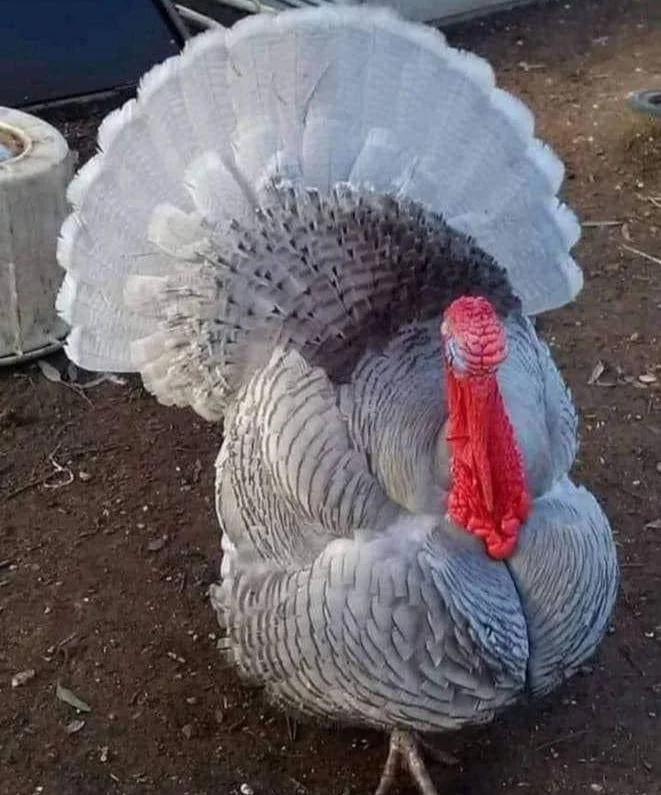
Turkey is a source of quality meat
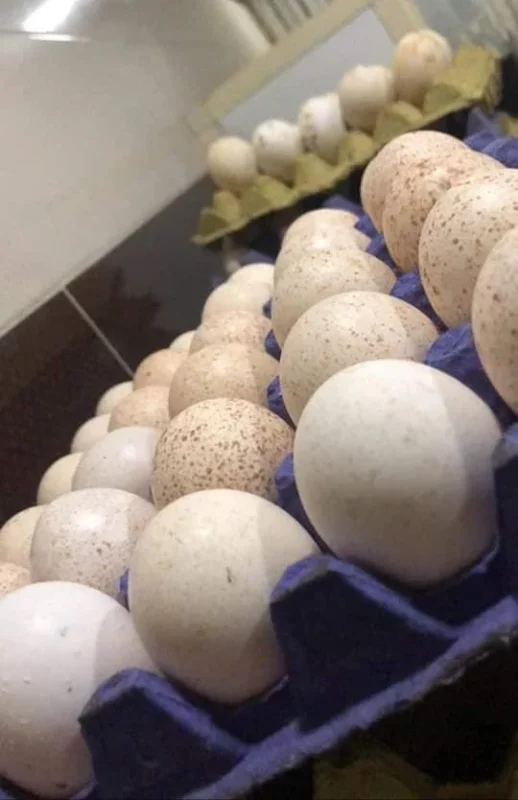
Turkey eggs

Brown colored turkey

American Bronze Turkey

White turkey

Turkey is low in fat and cholesterol

Turkey is low in fat and cholesterol
